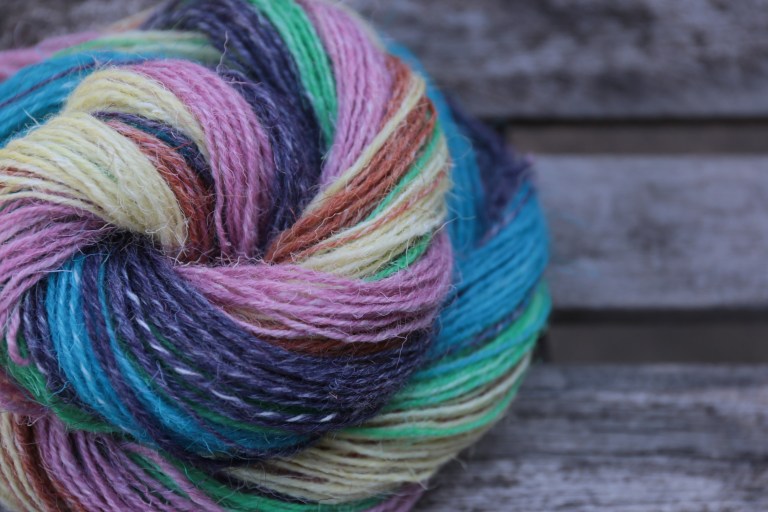Textile manufacturing is a major industry. It is based on the conversion of fibre into yarn, yarn into fabric. These are then dyed or printed, fabricated into clothes. Different types of fibres are used to produce yarn. Cotton remains the most important natural fibre, so is treated in depth. There are many variable processes available at the spinning and fabric-forming stages coupled with the complexities of the finishing and colouration processes to the production of a wide ranges of products.
Processing of Cotton fibres
Cotton is the world's most important natural fiber. In the year 2007, the global yield was 25 million tons from 35 million hectares cultivated in more than 50 countries.
There are six stages:
● Cultivating and Harvesting
● Preparatory Processes
● Spinning
● Weaving or Knitting
● Finishing
● Marketing
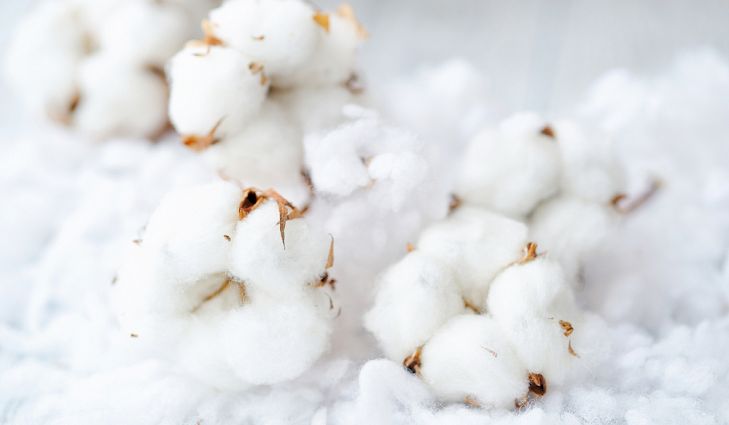
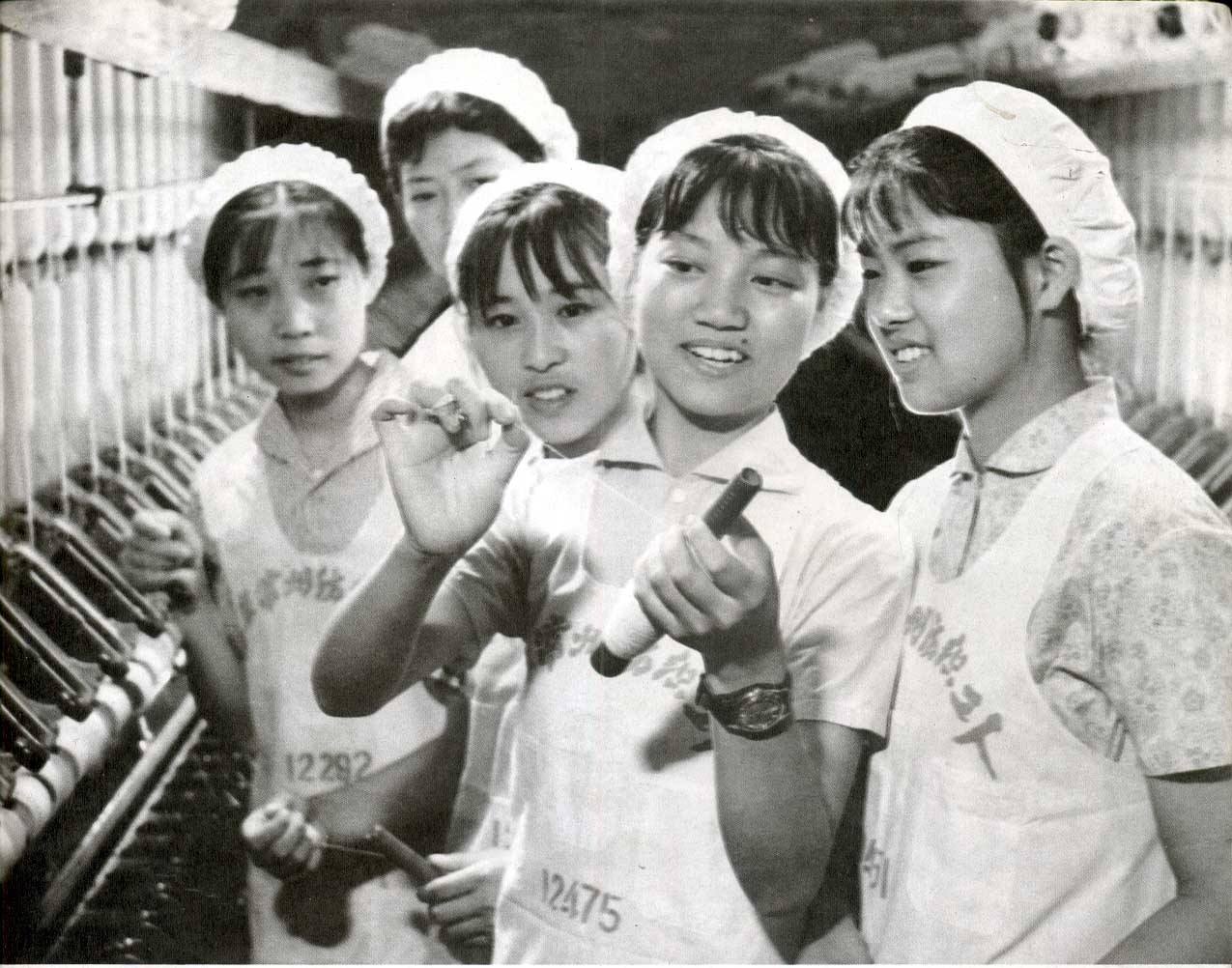
Cotton manufacturing processes manufacturing
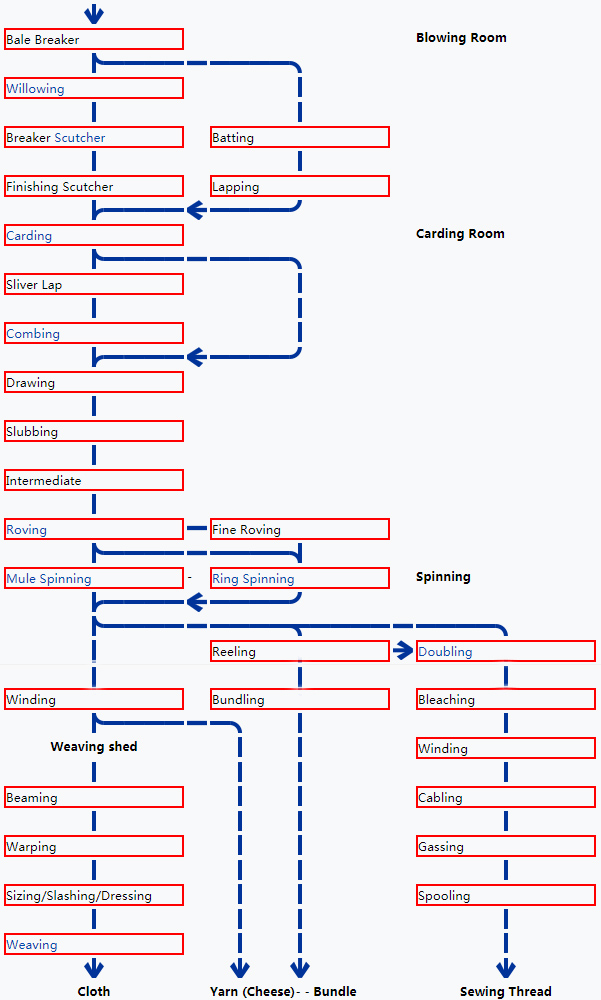
Processing of other vegetable fibres
● Flax
● Jute
● Other bast fibres
● Other bast fibres
● Finishing
● Marketing
Processing of Cotton fibres
● Wool
● Silk
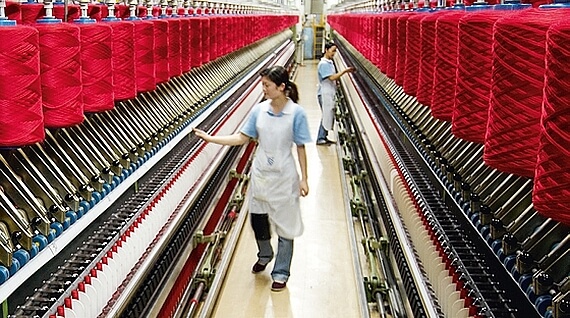
Discussion of types of synthetic fibres
Synthetic fibres are the result of extensive development by scientists to improve upon the naturally occurring animal and plant fibres. In general, synthetic fibres are created by forcing, or extruding, fibre forming materials through holes (called spinnerets) into the air, thus forming a thread. Before synthetic fibres were developed, cellulose fibres were made from natural cellulose, which comes from plants. Synthetic fibres are the result of extensive development by scientists to improve upon the naturally occurring animal and plant fibres. In general, synthetic fibres are created by forcing, or extruding, fibre forming materials through holes (called spinnerets) into the air, thus forming a thread. Before synthetic fibres were developed, cellulose fibres were made from natural cellulose, which comes from plants.
